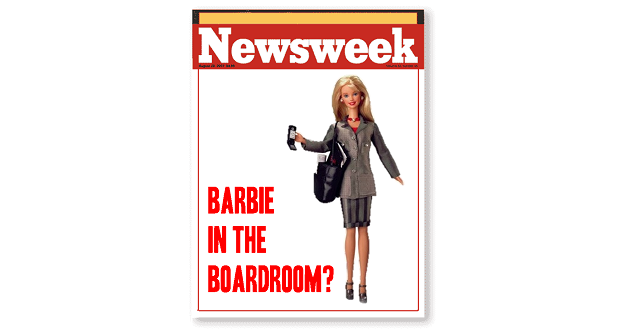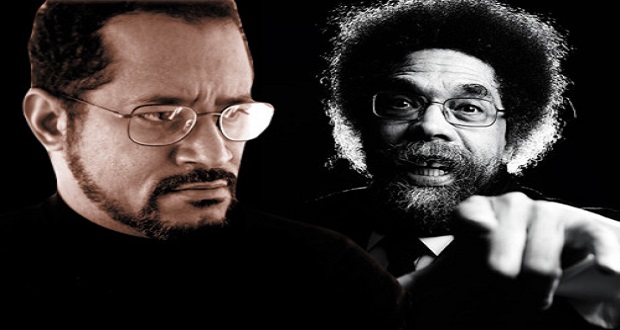
Photo Credit: Ben Birchall, The New York Times
The Royal Wedding this past Saturday between Prince Harry and Meghan Markle, now the Duke and Duchess of Sussex, has been all over the news this week. I, along with millions of people all over the world, was up early on Saturday morning ready to take it all in: the dress, the vows, the royal family, the celebrity guests. We all love a good love story, especially royal love stories and weddings that turn “commoners” into princesses. But this love story is not your typical royal love story. It’s a story that goes beyond the starry-eyed, romantic type of love (although there was plenty of that as well) and that exemplifies inclusion in action.
The Duke and Duchess of Sussex are not your typical royal couple, and they never have been. They didn’t meet in the social circles of the British elite. Instead, they met on a blind date. Meghan Markle was not “waiting for her prince to come”; she was an established actress and an outspoken voice for women’s empowerment across the globe. She had her own life, her own passions, and her own history of humanitarian work to bring to the table. They’ve talked about how they initially bonded over their passion for others, and so from the beginning, their love story was destined to transcend who they are as a couple and has always had the potential to introduce people to a new vision of the world and of the institutions that govern our societies.
This new vision moves beyond the work of charity and humanitarianism to include, intentionally or not, issues of race and identity. Meghan is biracial—her mother is black—and this part of her identity has been central to the narrative of their love story since it became public. When the news that Prince Harry and Meghan were a couple went viral, the backlash was swift. The royal family made an unprecedented statement calling out the racism of the press coverage and the public response. It was the beginning of the royal family showing support for Meghan and showing that they were ready to embrace her, her family, and her heritage as a biracial American into not only their family, but into a seemingly unalterable institution.
The wedding was a definite reflection of the way that Meghan’s identity and the relationship departs from tradition while being met by the royal family with inclusion. Amongst all the regular pomp and circumstance and royal traditions, we saw a black gospel choir, a black U.S. bishop delivering a rousing sermon in which he quoted Martin Luther King, Jr., and Meghan’s black mother wearing locks. Even Oprah was there. Many declared this royal wedding the blackest royal wedding ever (not that there was much competition).
But it was not just a black wedding. This wedding, again, was an example of inclusion in action. The royal family and the institution of the monarchy made room for something, and someone, new. They made room for feminism, blackness, and a modern love story in the midst of their traditions, despite a history of colonialism and exploitation, and in the face of a very tumultuous sociopolitical world of polarization and division.
They made room for feminism, blackness, and a modern love story in the midst of their traditions, despite a history of colonialism and exploitation, and in the face of a very tumultuous sociopolitical world of polarization and… Click To TweetIn his sermon, Bishop Michael Curry talked about a different kind of love than just romantic love. He talked about a liberating love, a revolutionary love, a redemptive love, a sacrificial love. “There’s power in love,” he said, “Don’t underestimate it. Don’t even over-sentimentalize it.” He talked about the power of love that we see exemplified in a young couple, but that looks beyond the self and towards the world. While talking about MLK and slave spirituals, he asked us to “imagine a world where love is the way.” He asked us to imagine families, governments, business and commerce, and a world that centers love. He said, “When love is the way, there’s plenty of room for all of God’s children… and we actually treat one another like family.” And I could write an entire post on this sermon, but the point is that this sermon, and the couple’s choice to include the Bishop in their wedding, points to the royal family’s embrace of Meghan’s identity and to Meghan and Harry’s vision of a more inclusive world.
And we shouldn’t minimize the importance and impact of that. Imagine all the black girls watching all over the world who now see a woman who looks like them marrying a prince. Imagine the black girls—and boys—watching who see in Meghan Markle, Bishop Curry, the Queen’s Chaplin, and the cellist who played at the end of the ceremony the truth that they can be and do anything. Imagine the impact that the Duke and Duchess’ future children, who could potentially have darker skin than Meghan due to recessive genes and who would be royal not just by marriage but by birth, could have on a nation and a world dominated by white ruling institutions and norms. Imagine.
Imagine the black girls—and boys—watching who see in Meghan Markle, Bishop Curry, the Queen’s Chaplin, and the cellist who played at the end of the ceremony the truth that they can be and do anything. #PeaceLoveInclusion Click To TweetI loved watching this wedding for all kinds of reasons—find a partner who looks at you like they look at each other, am I right??—but I was so moved by the inclusion and love that was so palpable in every aspect of this cultural moment. And I hope that it will have a ripple effect of peace, love, and inclusion and that we will continue to see a royal family and a couple who are willing to move beyond tradition to embrace even more diverse people and ideas. This wedding was a moment that we all needed in a worId facing so much division, and I hope that this moment and the future of the royal family continues to inspire people all over the world to embrace “the power of love”.
Were you inspired to embrace 'the power of love' after the royal wedding? #PeaceLoveInclusion Click To Tweet

















